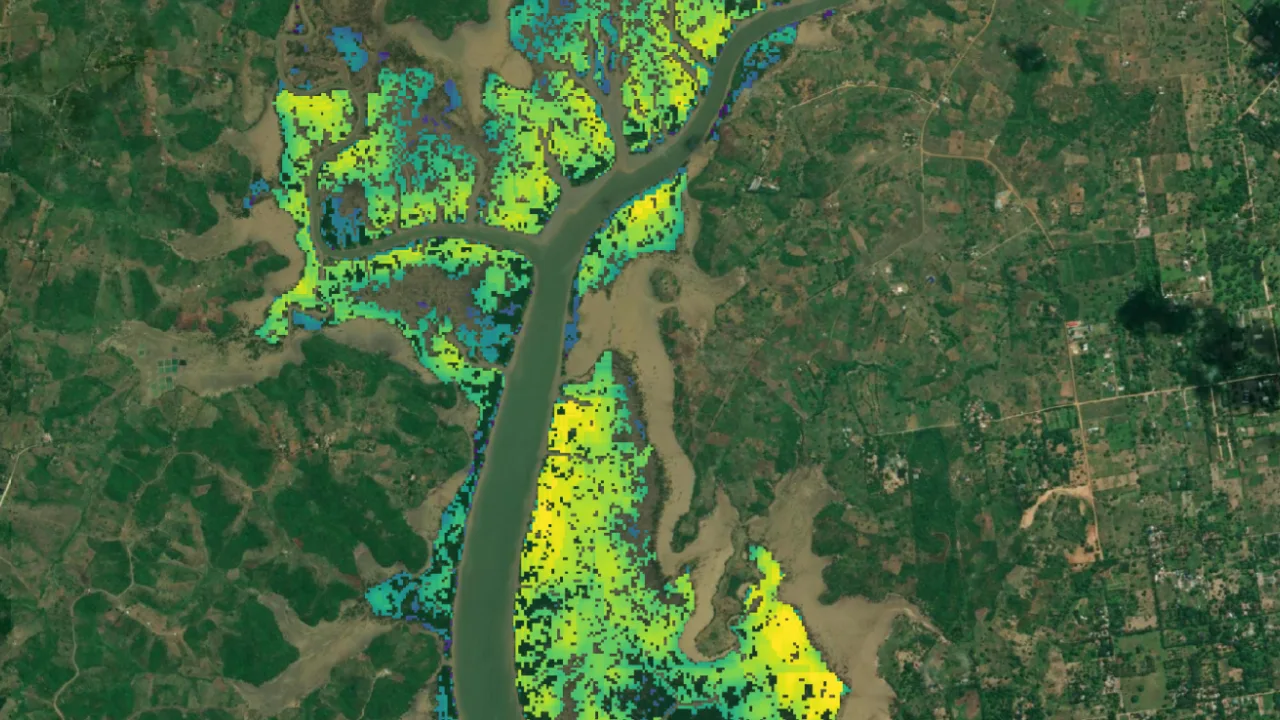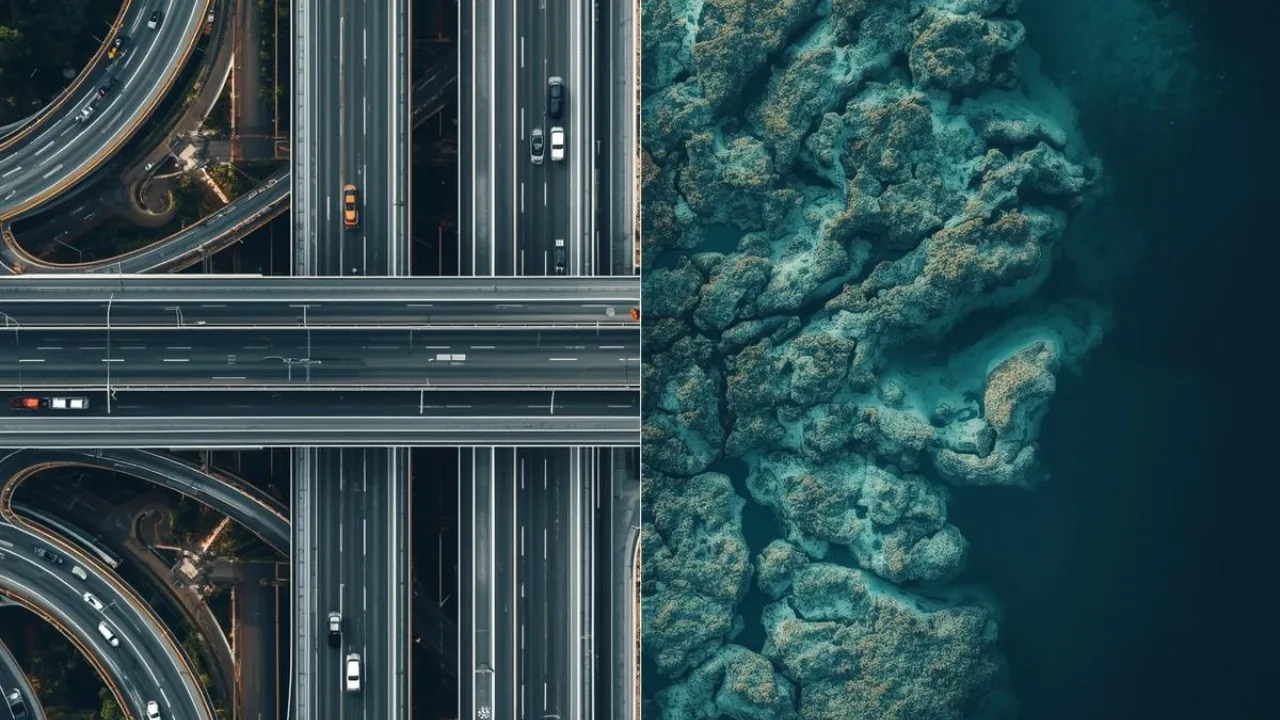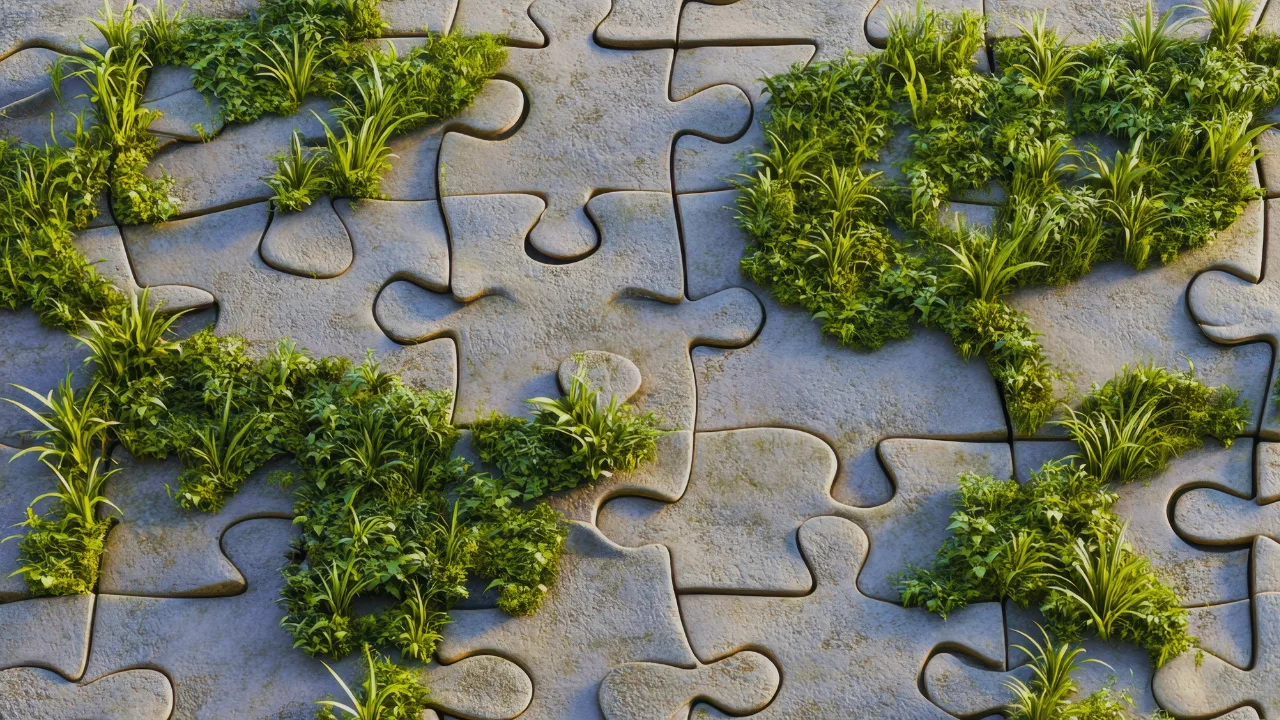Project Spotlight | Ayeyarwady Mangroves
A community-driven mangrove reforestation opportunity from Treeconomy's carbon removal marketplace
Project Spotlight
Carbon Credits
May 17, 2024
Carolina Amu Trujillo

Community-driven mangrove reforestation and safeguarding
The Ayeyarwady project aims to restore severely deforested and degraded mangroves across 2,146 hectares in Myanmar, Southeast Asia. This environment has suffered from unsustainable land use practices such as intensive agriculture, charcoal production, aquaculture, and salt production. By reforesting this mangrove forest, 9 million new mangrove plants will be planted to create and maintain a sustainably managed mangrove ecosystem. This initiative will aid carbon sequestration, reduce natural disaster risks, and enhance natural biodiversity. Notably, this project has established the first mangrove gene bank in Myanmar, hosting most of the world’s true mangrove species and their associates for their protection and study.
The project empowers communities by fostering income-generating activities to alleviate poverty and safeguard vulnerable coastal communities in the country.

Why Support Mangrove reforestation and afforestation
Mangroves are among the most efficient ecosystems for removing carbon dioxide from the atmosphere. Their submerged roots create an oxygen-poor environment that slows decomposition, leading to the buildup of organic carbon in the soil. This carbon can remain sequestered for hundreds of years.
Mangroves can sequester up to ten times more carbon per hectare than other terrestrial ecosystems, including tropical rainforests, due to their high rates of organic matter production and slow decomposition. They are also more efficient than other coastal ecosystems like seagrass meadows and salt marshes, storing up to four times more carbon per hectare.
According to the UN Environment Programme Research, the benefits of mangroves include:
Improvement of Water Quality
Mangroves filter out nutrients and sediments from water, enhancing water quality.
Prevention and Limitation of Climate Change Progression
Mangrove trunks absorb the impact of waves, making them an excellent front line of defense that helps protect higher ground. They are also effective against tsunamis, reducing wave heights by 5 to 35 percent.
Biodiversity Protection
Mangroves are biodiversity havens, home to vulnerable species such as tigers and jaguars.
Food Security
Mangroves support a variety of animals and plants crucial for food production. They act as nurseries for young fish and provide a habitat for honey bees. Without mangroves, fisheries in developing countries would be at great risk.
Buy Carbon Removal Credits from This Project Through Treeconomy's Marketplace
Treeconomy’s seal assures you access to high-quality nature-based carbon removal credits supported by robust technology and science, all readily traceable and verifiable on our marketplace. Our digital MRV (Monitoring, Reporting, and Verification) and rigorous project screening provide you with all the data you need to feel confident in your purchase.
Through the sale of carbon credits, the project will bring much-needed capital flow to a country that needs climate transition financing. Treeconomy is committed to working closely with the developer to monitor the project's growth.
Explore our marketplace or contact us at hello@treeconomy.col to take the first step toward achieving your climate targets.



